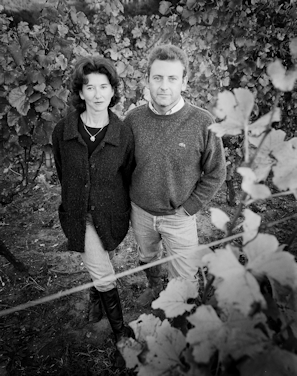
2022 LES PINS Monbazillac Château Tirecul la Gravière
South West France
12.5%
Muscadelle, Sauvignon Blanc, Sémillon.
Vegan, Vegetarian, Certified Organic
Half-litres
Notes of marmalade, honey and quince jump from the glass is this tremendously good value Monbazillac. The acidity is balanced and well-integrated with the fruit concentration. Noticeably sweet but not to cloying in any w...(read more)
L&S
2021 CHÂTEAU TIRECUL LA GRAVIÈRE Monbazillac
South West France
12%
Muscadelle, Sauvignon Blanc, Sémillon.
Vegan, Vegetarian, Certified Organic
Half-litres

